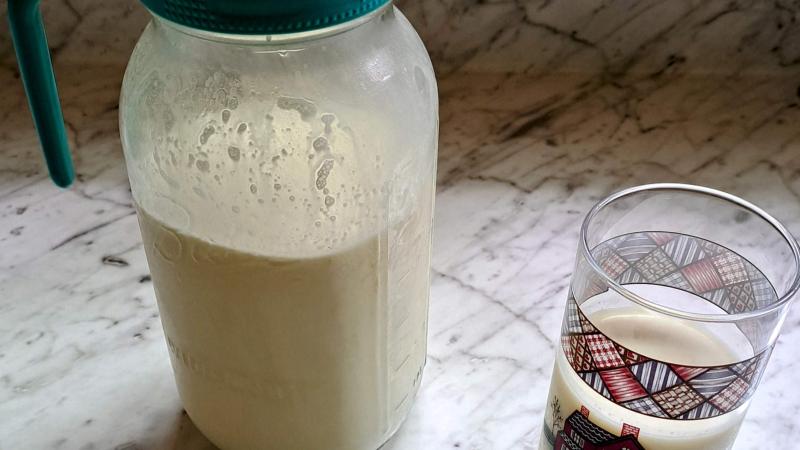This checklist ensures milk stays fresh and safe while preventing contamination and spoilage.
Practicing proper milk handling and storage is crucial to maintain the nutritional quality, safety, and hygiene of milk by preventing bacterial growth and contamination, ensuring that the milk is suitable for consumption and retains its beneficial components.
Cleaning Milk Jars
- Rinse immediately with cool water – Prevents milk residue from drying and sticking.
- Hand wash with clean, hot, soapy water using a clean rag – Ensures hygiene; avoids contamination from used sponges. Wash first before other dishes to ensure clean water.
- Avoid dishwashers – High heat can cement milk residue, making it harder to clean.
- Let jars fully dry before sealing – Prevents leftover moisture from creating mold and musty odors.
- Do an occasional acid rinse (Star San or white vinegar) – Removes milk stone buildup, which can harbor bacteria.
- Use jars only for milk (no money in jars) – Cross-use with food or money can introduce contaminants.
Milk Storage
- Keep milk under 40°F (4°C) – Slows bacterial growth and preserves freshness.
- Store milk in the back of the fridge, not the door – Reduces temperature fluctuations that can spoil milk faster.
- Use a cooler bag with ice packs for transport – Prevents milk from warming up, especially in summer.


